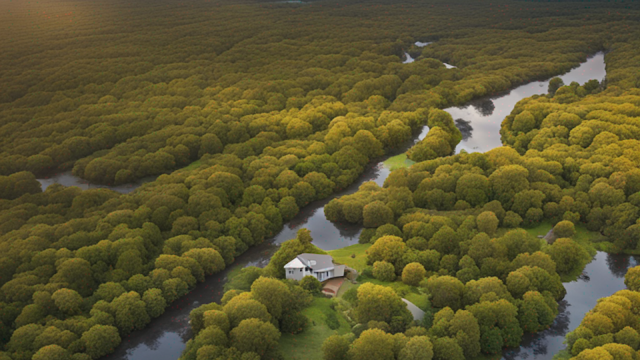As the specter of climate change looms large, the real estate industry is facing a paradigm shift in how it approaches property development and investment. From the increasing frequency of natural disasters to the imperative of climate resilience, this article explores the profound impact of climate change on real estate decisions and the strategies being adopted to navigate a rapidly changing environmental landscape.
Rising Tide of Natural Disasters:
The frequency and intensity of natural disasters, including hurricanes, wildfires, floods, and storms, are on the rise due to climate change. As a result, real estate in vulnerable areas is facing heightened risks, impacting property values, insurance costs, and overall market stability.
Changing Risk Perception:
Climate change considerations are altering the way investors, developers, and homeowners perceive risks associated with real estate. Properties once considered safe may now be viewed through the lens of climate vulnerability, influencing investment decisions and insurance requirements.
Climate Resilience in Property Development:
Property developers are increasingly integrating climate resilience measures into their projects. This includes elevated structures in flood-prone areas, sustainable design practices, and the incorporation of green infrastructure to mitigate the impact of extreme weather events.
Impact on Property Values:
The threat of climate-related risks is influencing property values. Homes and businesses in areas prone to flooding or wildfires may experience diminished values, making it essential for real estate professionals to consider climate-related factors in property appraisals and valuations.
Insurance Challenges and Premium Increases:
Insurance costs are escalating in regions vulnerable to climate-related events. Homeowners, businesses, and developers are facing challenges in obtaining affordable insurance coverage, prompting a reassessment of the financial viability of properties in high-risk areas.
Government Regulations and Climate Zoning:
Governments are responding to climate change by implementing regulations and climate zoning. This includes restrictions on building in high-risk areas, updated building codes to enhance resilience, and incentives for sustainable and climate-resilient property development.
Rural-Urban Migration Dynamics:
Climate change impacts are prompting shifts in population dynamics, with some individuals and businesses moving away from high-risk areas to more climate-resilient regions. This migration dynamic is influencing real estate markets, particularly in areas deemed less vulnerable to climate-related risks.
Investor Demand for Sustainable Real Estate:
Investors are increasingly seeking sustainable and climate-resilient real estate assets. Properties with green certifications, energy-efficient features, and climate-adaptive designs are becoming more attractive to investors who recognize the long-term value of environmentally conscious real estate.
The impact of climate change on the real estate industry is profound and multifaceted. From the increased risks associated with natural disasters to the integration of climate resilience in property development, stakeholders are grappling with new challenges and opportunities. As the industry evolves, a collective commitment to sustainable and climate-resilient practices is essential for creating a future where real estate can weather the storm of climate change.

Post a Comment